In his article "Sleek - Lean - Strong - Efficient - Effective - Effective," General Secretary To Lam pointed out that the organizational structure of the political system is still cumbersome, with many layers and multiple points of contact; its effectiveness and efficiency do not yet meet the requirements and tasks.
The Sixth Party Congress in 1986 identified the root cause of the socio -economic crisis at that time as the failure to properly organize personnel. Over the past nearly 40 years, the organizational structure of our country's political system, especially the state administrative apparatus, has undergone numerous reforms and achieved certain successes, thereby making a significant contribution to the country's development. However, the organizational structure still has many limitations, as General Secretary To Lam pointed out in his article "Lean - Compact - Strong - Efficient - Effective - Effective". 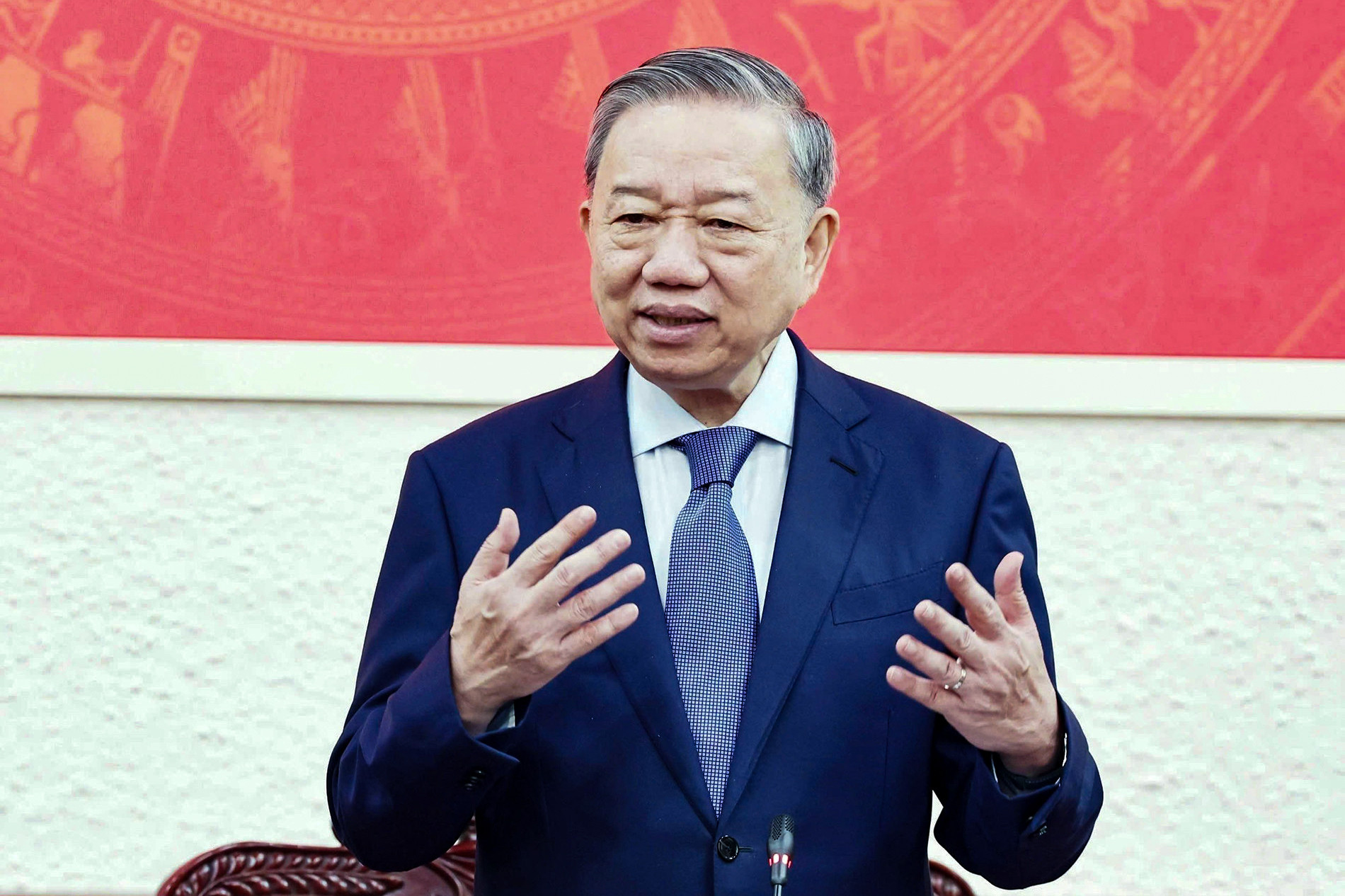
It is particularly important to emphasize that the transition to a socialist-oriented market economy requires corresponding changes in the functions and tasks of state agencies. Many tasks no longer need to be performed by these agencies, but can be handled by society itself. We have achieved some results, such as the emergence of private organizations providing notarization, inspection, and driving instruction services—tasks previously performed only by state agencies and organizations. However, these results are very modest compared to the actual potential. Does housing construction still need the state's involvement? If it does, then state-owned companies and corporations—meaning state-owned organizations are still needed and cannot be streamlined. During the centrally planned economy era, there was a General Department of Rubber under the Government, and now, without such a department, our country's natural rubber production ranks third in the world. If we think in the old way, perhaps it would be highly justifiable to establish a General Department of Rice, a General Department of Tea, a General Department of Pepper, etc., under the Ministry of Agriculture and Rural Development. The third reason is the failure to effectively implement the decentralization of power between the central and local governments. This is actually a major aspect of the topic of clearly defining the functions and tasks of state agencies, but it's been separated into a distinct area for consideration due to its importance. Why were only a few provinces and cities initially granted special mechanisms, and then more than a dozen centrally-administered provinces and cities benefited from this type of mechanism? It's time to thoroughly study the issue of special mechanisms. Prime Minister Pham Minh Chinh rightly pointed out that if many provinces request the same mechanisms and policies, it will become commonplace and cannot be called special. The current approach to local-level mechanisms is similar to the central government controlling 100% of local affairs, manifested in authority and responsibility. If the localities keep requesting more and more, the central government calls it decentralization, delegating power to the localities—today about 60%, tomorrow another 10%... If the central government stops doing certain tasks and transfers them to the localities, the organizational structure of the central government apparatus will have to change, ceasing to handle the decentralized and delegated tasks. The apparatus will inevitably become more streamlined. The new organizational model : How to streamline the apparatus so that each agency and organization operates effectively and efficiently? This is a truly major issue, always discussed and reflected in the Party's resolutions at every congress from 1986 to the present. The primary reason for this organizational structure is the lack of a standard philosophy on organizational structure. So how do we determine this standard?

General Secretary To Lam . Photo: VNA
So what are the root causes of the chronic problems in our country's organizational structure? Recognizing this issue will lead to appropriate solutions to streamline the system, reduce hierarchical levels, and improve its efficiency. This article offers some additional insights to clarify this matter. The Philosophy of Organizational Structure: First, it can be said that we lack a standard philosophy on organizational structure. This type of philosophy is considered the foundation upon which the system is designed, operates, and, similarly, how changes are made when necessary. This philosophy is virtually unchanging; it is the immutable principle that adapts to ever-changing circumstances. Because we lack such a philosophy, there was a time when provincial and district-level administrative units had to be large, leading to massive mergers of provinces and districts. Then came the period of division, creating too many provinces, districts, and communes. And now we are focusing on reorganization, primarily the merger of districts, communes, and wards. Will things remain the same in 10 years, or will we again split districts, communes, and wards? Even the institutional framework is like that. Is there any other country where the law on government organization is amended every new government term like in our country? Then comes the amendment of the framework decrees for ministries. Similarly, the law on local government, the framework decrees for departments… Sometimes, the government only issues a specific decree on the functions, tasks, and organizational structure of each ministry near the end of its term. This is a huge waste of truly useful state administrative agencies.It could be said that we lacked a standard philosophy regarding organizational structure, which is why, for a time, provincial and district-level administrative units had to be large, leading to widespread mergers of provinces and districts.
The internal organization of ministries and ministerial-level agencies also presents issues worth considering. In the field of international cooperation, most ministries have a Department of International Cooperation, but the Ministry of Education and Training and the Ministry of Culture, Sports and Tourism have a Bureau of International Cooperation. Similarly, while most ministries have a Department of Planning and Finance, the Ministry of Finance and the Ministry of Justice each have a Bureau of Planning and Finance. From 2007 to 2016, the government saw a proliferation of general departments and equivalent organizations within ministries. Since 2021, there has been a trend of reviewing and reorganizing general departments within ministries, and quite a few have been abolished. This is just one example among many related examples. Because the organizational structure was deemed too cumbersome, there was a time when Party and State agencies and organizations in similar fields were merged at the provincial level. After a while, it stopped... Defining the functions and tasks correctly. The second reason for the cumbersome and inefficient administrative apparatus is the failure to correctly define the functions and tasks of state agencies. The basic principle of organizational science is that the design of the administrative apparatus must start from the functions and tasks of that organization; if the functions and tasks are clear and correct, then the organizational structure can be determined appropriately, and there cannot be overlapping work between agencies and organizations. This principle is followed, but we have not adhered to it, so the apparatus remains cumbersome, with overlapping functions and tasks among some administrative agencies. Specifically, for example, the organization of Ministry A is defined as having 2 functions and 15 main tasks to perform those functions. Corresponding to the 15 major tasks, the organizational structure of 14 departments is designed. However, due to inaccurate analysis, the two functions actually led to 12 main tasks, and naturally, the organizational structure could not have 14 departments. General Secretary To Lam pointed out this situation as follows: ...The delineation of the management scope of multi-sectoral and multi-field ministries has not been thorough; some tasks are interconnected, linked, or within the same field but are managed by multiple ministries. The organizational structure of some levels and sectors has remained basically unchanged in terms of quantity, and the restructuring has not been linked to improving effectiveness and efficiency, defining job positions, and restructuring the staff. The apparatus within ministries and ministerial-level agencies still has many layers, with some levels having unclear legal status; the number of subordinate units with legal personality is increasing, exacerbating the situation of "ministries within ministries".For the first time, the head of the political system used the phrase "new organizational model".
In his article, General Secretary To Lam pointed out: "...although the organizational structure of our country's political system has been reformed in some parts, it fundamentally still follows a model designed decades ago. Many issues are no longer suitable for new conditions and are contrary to the laws of development..." Thus, this standard is quite clear: the organizational structure of the political system. A system designed correctly, with each part clearly defined in terms of function and task, will be the prerequisite for ensuring the entire system is streamlined and operates effectively. For the first time, the Party leader clearly stated that the model of our country's political system was designed too long ago, and therefore many issues are no longer suitable. Without a full understanding of this, it will be very difficult to find a suitable approach to create compatible changes in our country's political system. The General Secretary affirmed the need to build and implement a comprehensive model for the organizational structure of Vietnam's political system throughout the entire political system, meeting the requirements and tasks of the new revolutionary period. According to the General Secretary, summarizing practical experiences, especially the implementation of Resolution No. 6 of the 12th Central Committee on "Some issues concerning the continued reform and restructuring of the political system's organizational apparatus to be streamlined, effective, and efficient," "must be conducted objectively, democratically, scientifically, specifically, profoundly, and with a willingness to learn, closely reflecting the practical situation, and from there proposing a new organizational model, evaluating its advantages and impacts..." The first time the head of the political system used the phrase "new organizational model" shows the extent to which the current organizational model of our country's political system has limitations that need to be overcome. Building a new model of the political system with three main components – the Party, the State, and the Vietnam Fatherland Front – along with other socio-political organizations will undoubtedly be an extremely difficult and complex task. Without innovative thinking, success in this endeavor is impossible. What kind of Party organizational structure is appropriate? If the Party leads and governs, how is this leadership and governance ensured through the Party and State organizational structure? The existing organizations such as the Central Committee's Mass Mobilization Department, the Central Committee's Economic Department, and the Central Committee's Internal Affairs Department should be maintained, or reorganized to suit the needs. The Central Committee should utilize government ministries, similar to Party committees, to advise the Central Committee on institutional and policy issues. Ministers, in principle, are all Party members, even members of the Central Executive Committee, and therefore have the responsibility to implement Party resolutions and, even more so, to advise and consult the Central Committee on issues related to the state management of their respective ministries, primarily the guidelines, policies, plans, and development plans for their sectors and fields. Clarifying the Party's organizational structure at the central level will also help to rationally organize the Party's structure at the provincial, district, and commune levels. The new model of the political system cannot ignore the reform of the organization of the Fatherland Front and other socio-political organizations including the Youth Union, the Trade Union, the Women's Union, the Farmers' Association, and the Veterans' Association. A particularly important issue that needs to be studied in this reform process is the accurate identification of the nature and role of social classes and strata in contemporary Vietnamese society. Are the Vietnamese working class and peasantry the same as they were a few decades ago? A correct understanding of these issues will help to clearly define the position, role, and especially the organizational structure of the Vietnam Fatherland Front and other socio-political organizations within our country's political system.In the internal organizational design of ministries, without fundamental changes, it is very likely that the structure will remain the same or undergo insignificant changes.
Finally, there is the need to reform the state apparatus. Speaking of the state apparatus means referring to the legislative, judicial, and administrative bodies. Here, we will only address the third component, namely the administrative apparatus. First, it is necessary to clearly redefine the functions and tasks of administrative agencies, from the Government to the ministries and People's Committees at all levels. This includes the issue of decentralization and delegation of power between the central and local levels, including the necessity of doing certain things, adding certain tasks, and especially abandoning some tasks that have been done previously. Experience in our country and abroad shows that if administrative agencies are left to review and evaluate their own functions and tasks and then make proposals and recommendations, the results are often very limited. Some countries often hire a private organization to do this work, and they usually get clear and accurate assessments and recommendations regarding the functions and tasks of state administrative agencies, especially proposals for organizational restructuring of the government and other agencies of the administrative system. Organizational structure design: Organizational structure design begins only after clearly defining the functions and tasks. In designing the internal organizational structure of ministries, if there are no fundamental changes, it is very likely that the organization will remain the same or have insignificant changes. For decades, legal regulations have failed to clearly differentiate between departments and bureaus/general departments within a ministry. Departments are responsible for assisting the minister in state management of their respective sectors and fields, meaning they are heavily focused on advising on institutions, policies, planning, and programs… This is quite accurate. Bureaus/general departments are defined as having the function of assisting the minister in state management of their respective sectors and fields and enforcing specialized laws. Thus, both departments and bureaus/general departments share the same function: advising the minister on state management of a sector or field. This is a major shortcoming that needs to be studied and resolved. Similarly, the concept of organizing departments within ministries also needs to be re-examined from an organizational science perspective. In the process of building a new model for our country's political system, there will certainly be things that can be done immediately, but there will also be things that require careful and thorough research, and even experimentation to gain experience. General Secretary To Lam's directives on this matter will always be a foundation and principle of great significance, helping to ensure that the implementation of the new model for our country's political system is on the right track and achieves results soon.Vietnamnet.vn
Source: https://vietnamnet.vn/diem-nghen-bo-may-cong-kenh-cach-nao-de-thu-gon-2340693.html




![[Photo] Prime Minister Pham Minh Chinh holds a phone call with the CEO of Russia's Rosatom Corporation.](/_next/image?url=https%3A%2F%2Fvphoto.vietnam.vn%2Fthumb%2F1200x675%2Fvietnam%2Fresource%2FIMAGE%2F2025%2F12%2F11%2F1765464552365_dsc-5295-jpg.webp&w=3840&q=75)

![[Photo] Closing Ceremony of the 10th Session of the 15th National Assembly](/_next/image?url=https%3A%2F%2Fvphoto.vietnam.vn%2Fthumb%2F1200x675%2Fvietnam%2Fresource%2FIMAGE%2F2025%2F12%2F11%2F1765448959967_image-1437-jpg.webp&w=3840&q=75)


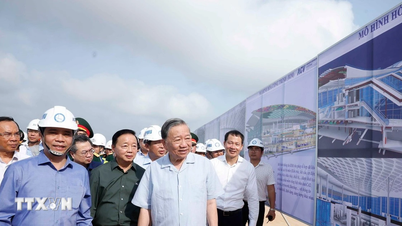



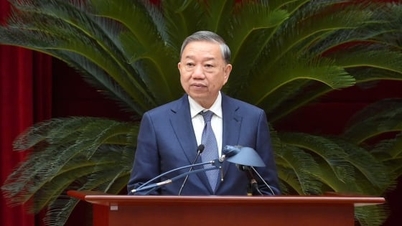


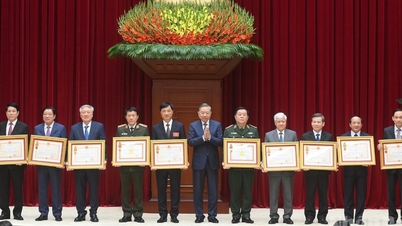

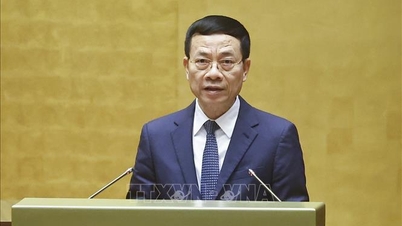

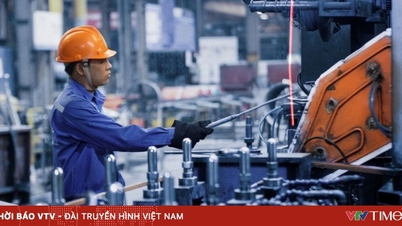

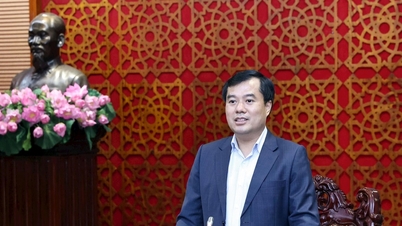

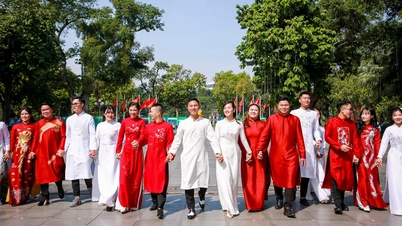

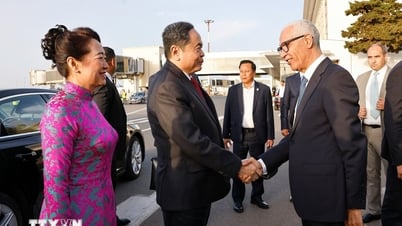
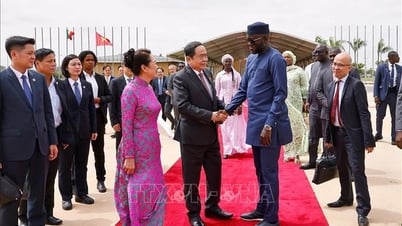







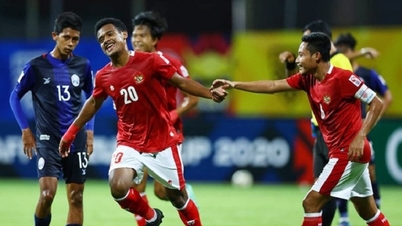


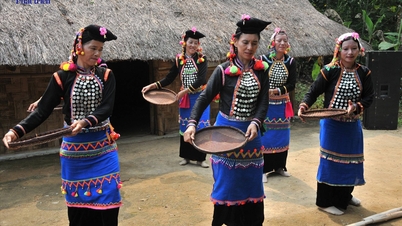

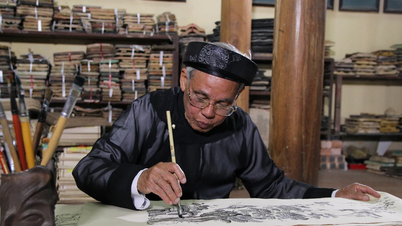

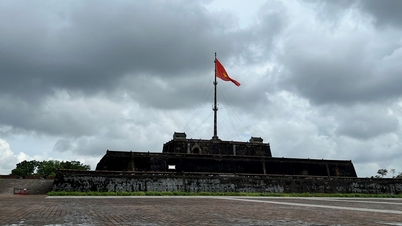

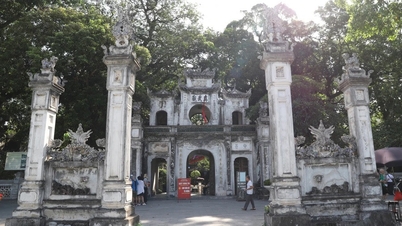

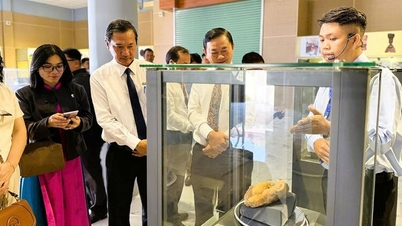

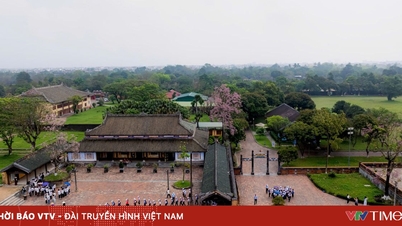




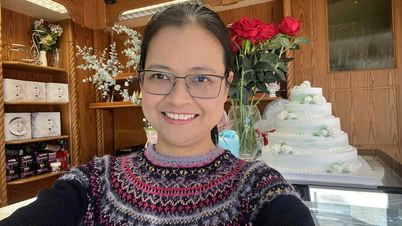
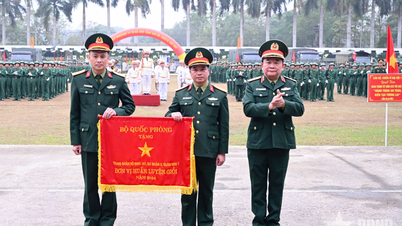



![[OFFICIAL] MISA GROUP ANNOUNCES ITS PIONEERING BRAND POSITIONING IN BUILDING AGENTIC AI FOR BUSINESSES, HOUSEHOLDS, AND THE GOVERNMENT](https://vphoto.vietnam.vn/thumb/402x226/vietnam/resource/IMAGE/2025/12/11/1765444754256_agentic-ai_postfb-scaled.png)
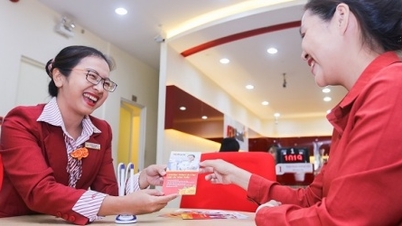




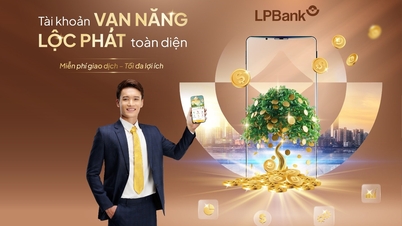










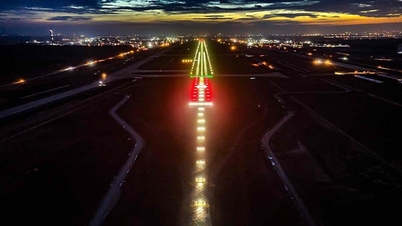





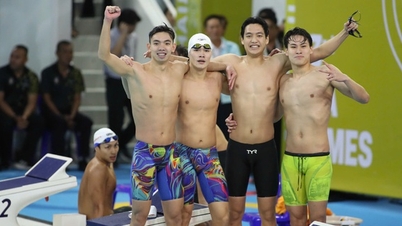
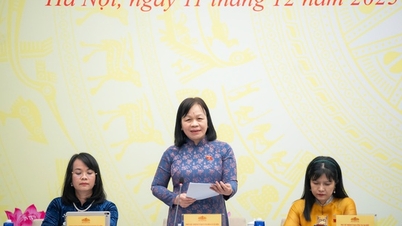

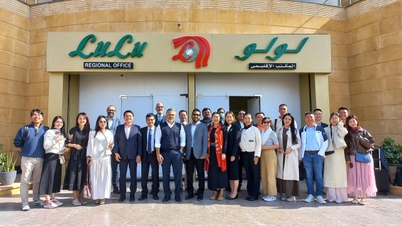




























Comment (0)